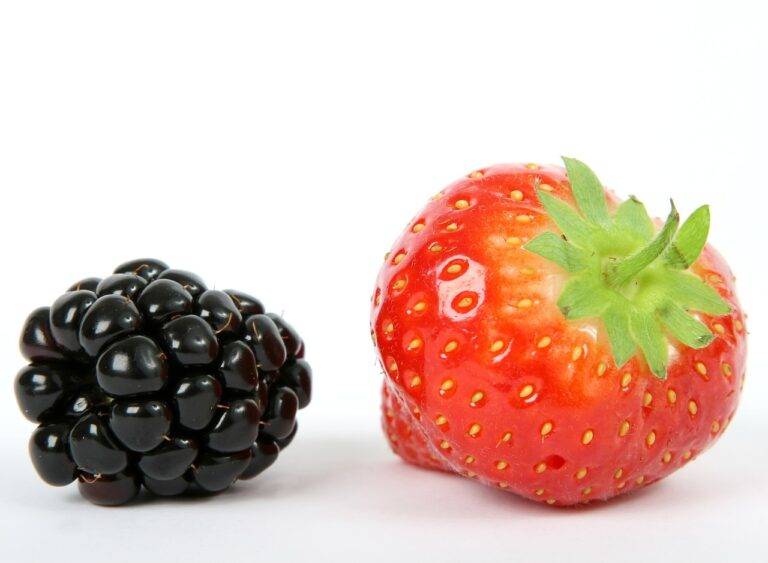Creating a Cat-Friendly Garden: Designing Safe and Stimulating Spaces for Feline Friends
An essential aspect to consider when designing a garden with cats in mind is creating designated spaces for your feline companions. Cats enjoy having areas where they can relax, play, and explore safely. Providing them with cat-friendly features such as scratching posts, hiding spots, and perches will help enrich their outdoor experience and keep them engaged.
Incorporating a variety of textures in your garden can also appeal to your cats’ senses and encourage them to spend time outdoors. Incorporating soft grassy areas, smooth stones, and rough bark surfaces will provide different tactile experiences for your cats to enjoy. Additionally, creating pathways and hiding spots with plants and shrubs will offer opportunities for exploration and play, enriching your cats’ outdoor environment.
Selecting Cat-Safe Plants
When choosing plants for your garden, it’s essential to ensure they are safe for your feline companions. Some popular cat-safe plants include catnip, cat grass, spider plants, and bamboo. These plants not only provide enrichment for your cats but also pose no harm if they decide to take a nibble.
On the other hand, plants like lilies, aloe vera, and daffodils are toxic to cats and should be avoided in a cat-friendly garden. It’s crucial to research each plant thoroughly before introducing it to your outdoor space to prevent any potential harm to your beloved pets. By prioritizing cat-safe plants, you can create a harmonious environment that benefits both your garden and your feline friends.
How can I design a garden with cats in mind?
When designing a garden with cats in mind, it’s important to consider their safety and well-being. This includes selecting cat-safe plants, providing shaded areas for them to rest, and creating a designated play area away from any toxic plants.
What are some examples of cat-safe plants?
Some cat-safe plants include catnip, mint, cat thyme, and wheatgrass. These plants are non-toxic to cats and can even provide health benefits such as aiding in digestion or reducing stress.
What should I do if my cat ingests a toxic plant?
If you suspect that your cat has ingested a toxic plant, it’s important to contact your veterinarian immediately. They can advise you on the best course of action and provide appropriate treatment for your cat.
How can I prevent my cat from eating toxic plants?
To prevent your cat from eating toxic plants, you can place them out of reach or use deterrents such as citrus sprays or aluminum foil. You can also provide alternative cat-safe plants for them to nibble on.
Can outdoor cats be trained to avoid toxic plants?
While it may be difficult to train outdoor cats to avoid toxic plants, you can try to create a safe environment for them by providing plenty of cat-safe plants and supervising their time outside. Additionally, you can use barriers or fencing to keep them away from any harmful plants.





